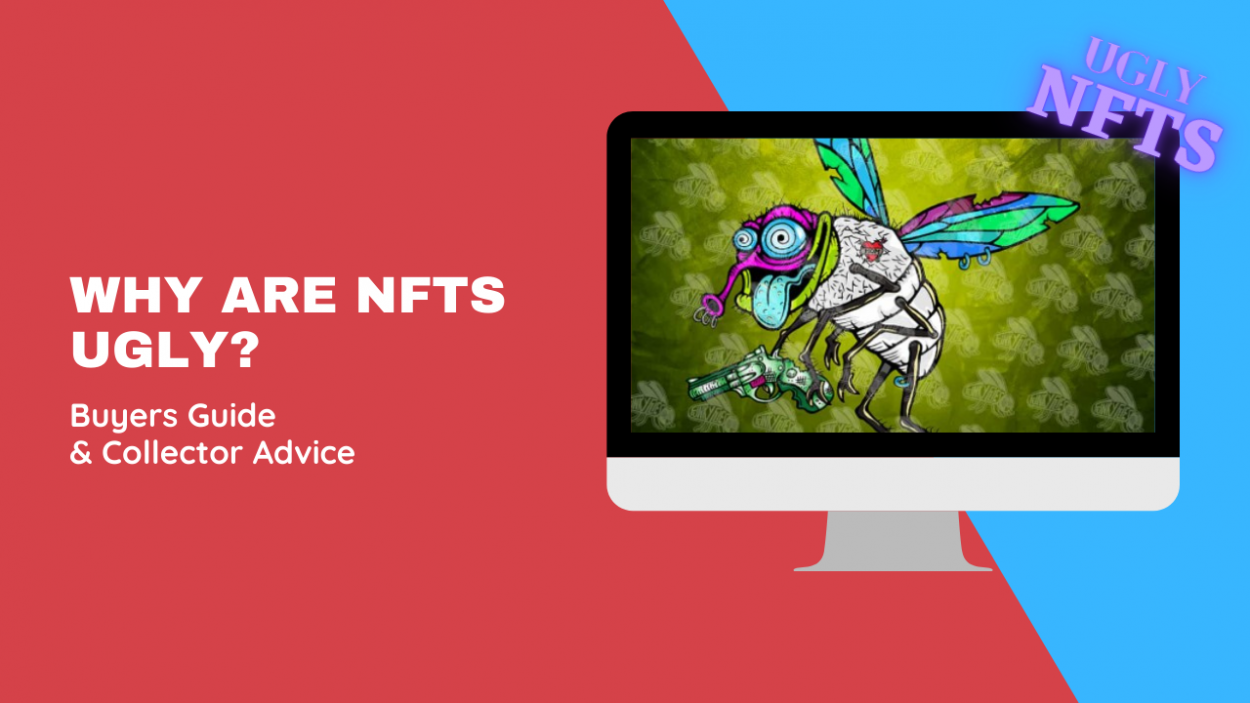THE REAL PROBLEM WITH NFTS? THEY’RE UGLY

The email arrived, like so many others, announcing a “historic NFT sale” of “fRiENDSiES” by “FriendsWithYou”, that is soon to take place at Christie’s. This was nothing new. Historic NFT events now arrive daily. I looked at the “fRiENDSiES”, cartoonish digital figures in rainbow-bright colours: one resembling a pink-cheeked blue mouse in acid-yellow dungarees, another wearing what looks like a multicoloured lampshade. The artists, Samuel Borkson and Arturo Sandoval III, announced that “this is the future of art”. They see the project as “a wave of hope and optimism” looking to create “a garden of friendship”.
I hope it doesn’t spoil this garden of friendship to say that the NFTs looked dreadful?
These are tough times for art fans. We are constantly told that NFTs are the future of art, if not the present. The recent deluge of enthusiasts includes Damien Hirst, Daniel Arsham, who presented his own sale last year, and the British Museum, which has organized NFT sales related to its recent JMW Turner and Hokusai exhibitions in collaboration with LaCollection. There’s much, much more. The art market is positively freaky for the non-fungible. But quite apart from the dizzying financial speculation, a doubt persists: the work seems to lack any artistic ambition. A possible nadir is the recently announced sale of NFTs of Orgasm to Hell by Pictor Roy, an image that portrays an ejaculation by Hitler. The 10 NFTs are expected to reach $50mn. “Right now, I’m browsing on websites and I’m thinking, ‘Oh God,’” says art adviser Sibylle Rochat, who runs the Rochat Art Consultancy and is a mentor for the Sarabande Foundation. “For an art lover like me, it’s terrible!” She’s not alone. Talk to many art insiders and — if only privately — they’ll express horror at the stuff which is, apparently, a hot commodity. Even the younger generation of artists I spoke to find the work bewildering. “I would maybe be interested if it wasn’t so disgusting,” says one artist in her late 20s, who has shown at several contemporary London galleries. “The work looks like the stuff in those weird shops in Camden or Soho where all they sell is magnets.”
Rochat is a bit more nuanced. Thanks to her clientele, she has been drawn into the world of NFTs, and helped several collectors buy some, but she remains cautious. “I think NFTs make sense as collectibles,” she says. “In art, we’re not there yet.”
Recommended Posts

NFT SALES SPIKED 8,500% TO TOP $422 BILLION IN 2021
January 13, 2023
